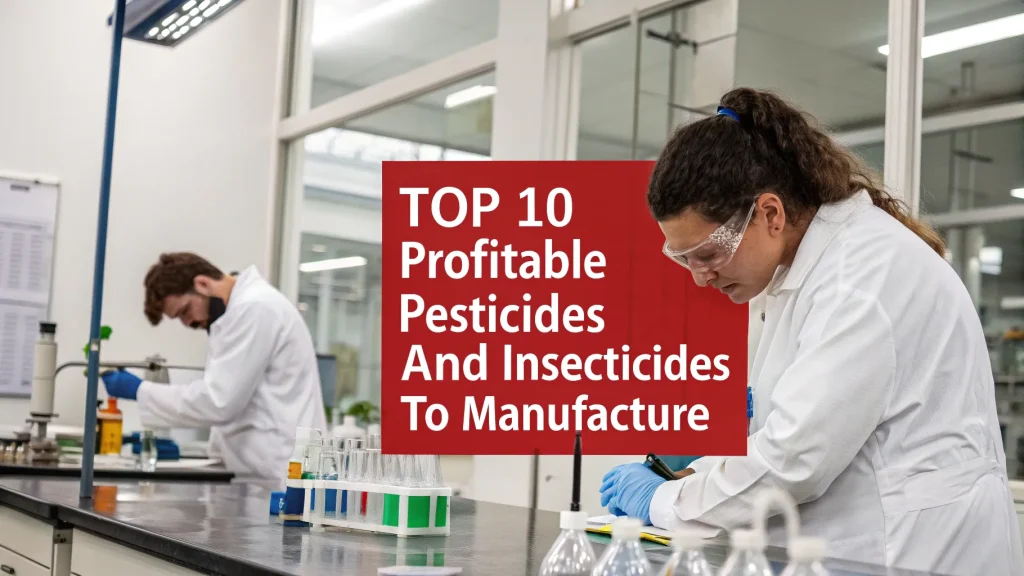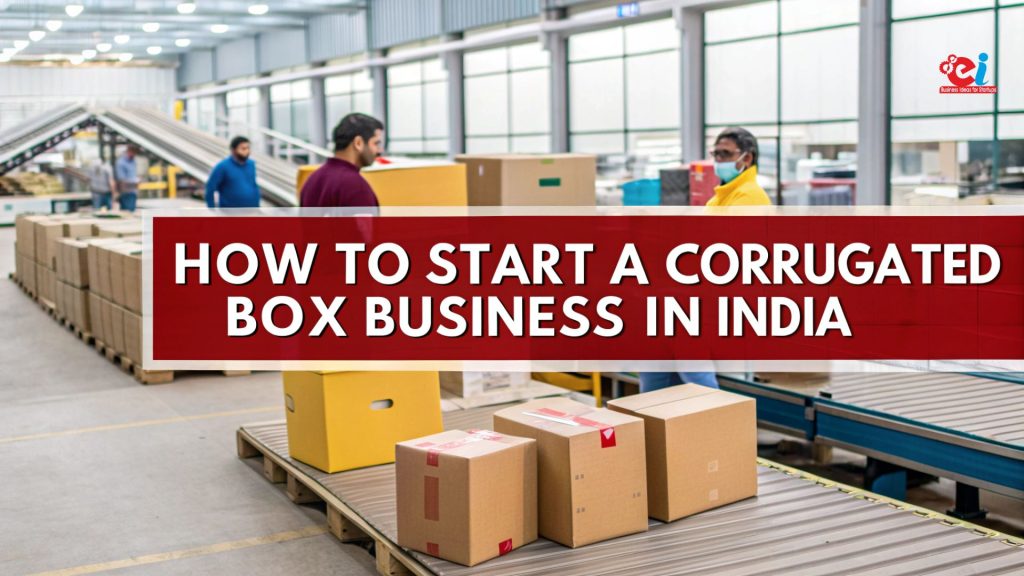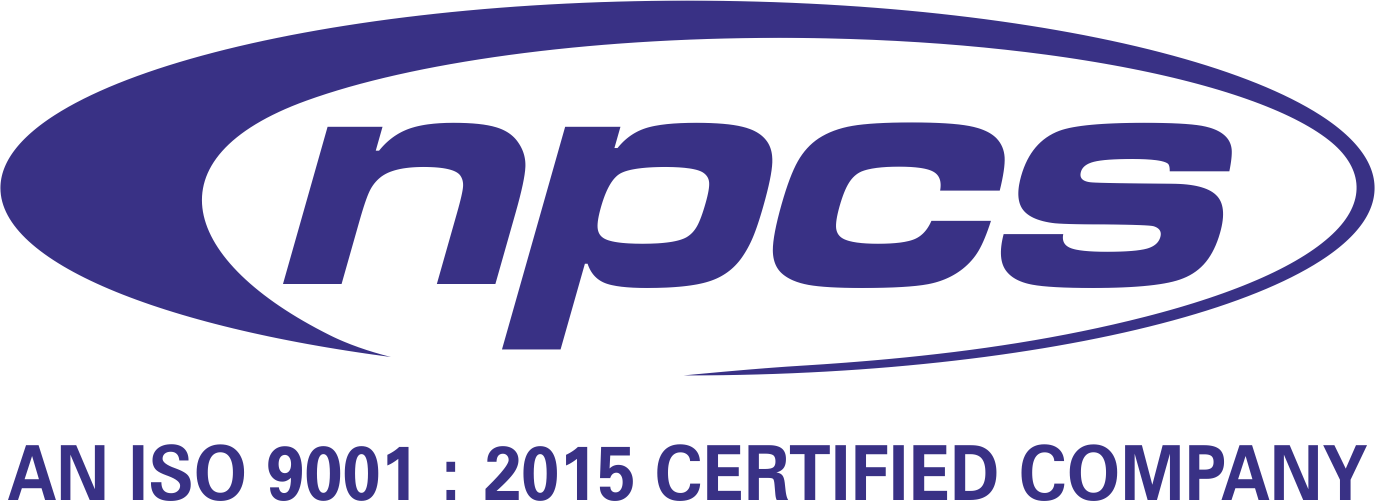The Business of Activated Carbon from Rice Husk and sawdust is rapidly emerging as a sustainable and profitable venture. With the global demand for activated carbon expected to surpass USD 8.12 billion by 2030, this industry presents an exciting opportunity for entrepreneurs, especially in agricultural economies like India. Rice husk and sawdust, both being agro-industrial by-products, are inexpensive, abundantly available, and environmentally friendly raw materials for activated carbon production. Leveraging this opportunity can result in a high-margin, low-waste business model while also contributing to a greener planet.
Why Start an Activated Carbon Business Using Rice Husk and Sawdust
The Business of Activated Carbon from Rice Husk offers dual benefits: it reduces agricultural waste and produces a high-demand industrial material. Activated carbon is used in water purification, air filtration, gold recovery, food & beverage processing, and pharmaceutical industries. Given India’s surplus rice husk and timber processing residue, setting up a manufacturing plant is both viable and scalable. Moreover, government schemes like PMEGP, MSME Subsidies, and Startup India further ease business initiation and expansion.
Visit this Page for More Information: Start a Business in Activated Carbon Industry
Step 1: Understand the Market and Applications
Activated carbon is known for its adsorptive capacity, making it indispensable in:
-
Water purification (municipal and industrial)
-
Air purification systems
-
Food and beverage decolorization
-
Pharmaceutical purification
-
Gold and precious metal recovery
-
Gas purification in refineries
By tapping these markets, entrepreneurs can serve industries that rely heavily on high-quality activated carbon.
Related Business Plan: Set Up Activated Carbon From Rice Husk, Saw Dust & Coconut Shell Manufacturing Business Plan
Step 2: Select Your Raw Material Source
Both rice husk and sawdust are rich in carbon and suitable for producing high-grade activated carbon. Key considerations include:
-
Availability: Choose a location near rice mills or sawmills.
-
Quality: Husk and dust should be dry, clean, and free from contaminants.
-
Storage: Proper facilities to prevent moisture absorption.
Download PDF: Start Activated Carbon from Rice Husk Saw Dust and Coconut Shell Processing Business
Step 3: Obtain Licenses and Business Registration
You’ll need to:
-
Register under Udyam/MSME
-
Obtain a Factory License
-
Secure a Pollution Control Board (PCB) Clearance
-
Apply for GST registration
-
Explore ISO certification for quality assurance
These steps make your operation legal and credible for both domestic and export markets.
Read Similar Articles: ACTIVATED CARBON
Step 4: Set Up the Production Facility
A small to medium-scale Business of Activated Carbon from Rice Husk requires the following setup:
Machinery Required:
-
Carbonization kiln or furnace
-
Activation unit (steam or chemical-based)
-
Crusher and grinder
-
Screening unit
-
Conveying systems
-
Packaging equipment
Area Needed:
-
Minimum 1,000 – 2,000 sq. ft. for small-scale
-
Separate zones for raw material, processing, and storage
Utilities:
-
Consistent power supply
-
Water for activation and cooling
-
Waste disposal unit (eco-compliant)
Related Feasibility Study Reports: Manufacturing Business Plan for Activated Carbon from Rice Husk, Saw Dust & Coconut Shell
Step 5: Manufacturing Process
The process involves the following steps:
-
Carbonization – Rice husk or sawdust is pyrolyzed in an oxygen-limited environment to produce charcoal.
-
Activation – The charcoal is activated using steam or chemicals (like phosphoric acid or zinc chloride) at high temperatures (700–900°C).
-
Washing – Activated carbon is washed to remove impurities and residual chemicals.
-
Drying – Moisture is removed to make the carbon market-ready.
-
Screening and Packing – Product is graded, sieved, and packed for shipment.
This process transforms agricultural waste into highly valuable industrial material.
Step 6: Financial Investment and Profitability
Estimated Investment:
-
Micro Unit: ?10 – ?20 Lakhs
-
Small/Medium Unit: ?25 – ?50 Lakhs
Profit Margins:
-
Gross profit: 30% – 40%
-
Break-even: 12–18 months (based on capacity and marketing)
You can also explore carbon credits, adding another revenue stream by reducing emissions through biomass utilization.
Step 7: Marketing and Sales Strategy
Sell to:
-
Water treatment plants
-
Chemical manufacturers
-
Metal refineries
-
FMCG companies
-
Export markets (Asia, Middle East, Europe)
Use B2B platforms like IndiaMART, TradeIndia, or Alibaba, and participate in trade fairs to build visibility.
Digital marketing through SEO-optimized websites, LinkedIn, and YouTube demos can attract buyers globally.
Step 8: Quality Control and Sustainability
Ensure compliance with:
-
ASTM or BIS standards for activated carbon
-
Regular batch testing
-
Proper documentation for traceability
Adopt sustainable practices like energy recovery, effluent treatment, and use of renewable energy where feasible to improve brand image and meet global standards.
Conclusion
The Business of Activated Carbon from Rice Husk and sawdust is a low-risk, high-demand venture suitable for MSME entrepreneurs seeking eco-friendly and commercially viable opportunities. With strategic location, minimal investment, and rising global demand, this business model ensures long-term sustainability, profitability, and scalability. When executed efficiently, it not only supports income generation but also contributes to circular economy goals.
Read our Books Here: The Complete Book on Biomass Based Products (Biochemicals, Biofuels, Activated Carbon)
See More Links:
- Start a Business in Asia
- Start a Business in Potential Countries for Doing Business
- Best Industry for Doing Business
- Business Ideas with Low, Medium & High Investment
- Looking for Most Demandable Business Ideas for Startups
- Startup Consulting Services
- Start a Business in Africa
- Start a Business in India
- Start a Business in Middle East
- Related Videos
- Related Books
- Related Projects
- Related Market Research Reports





